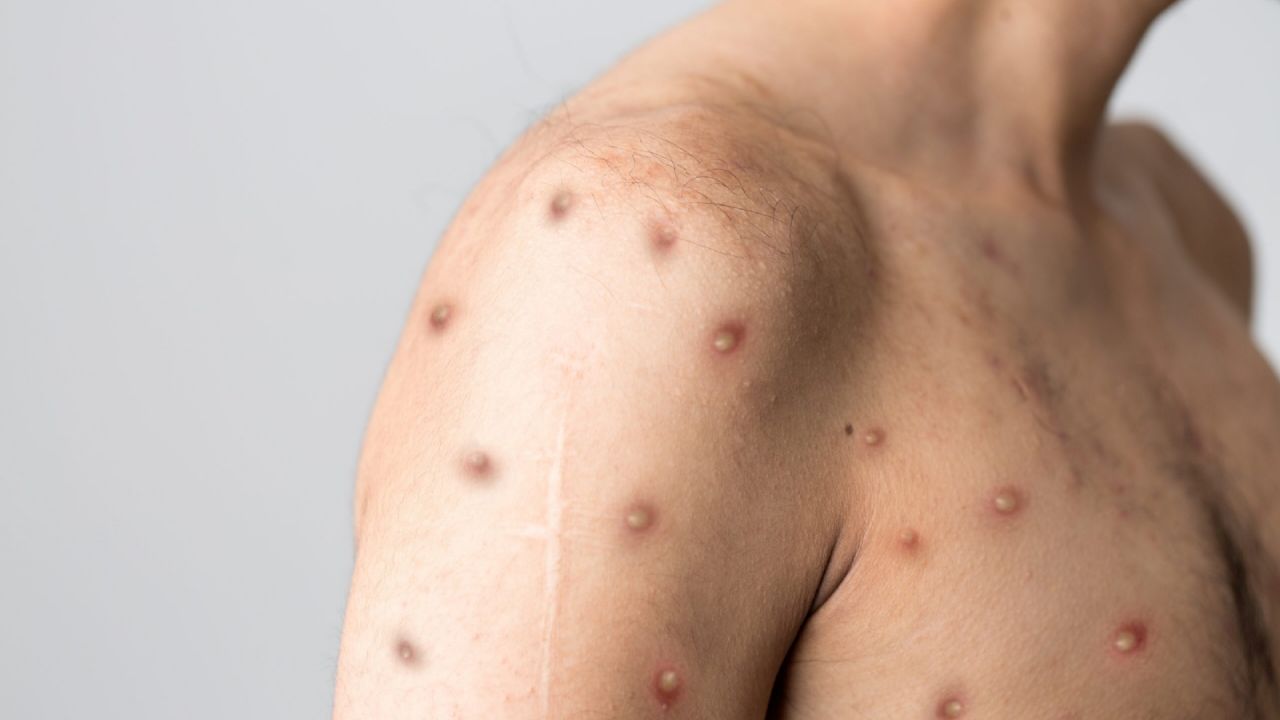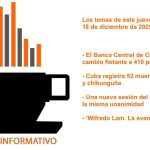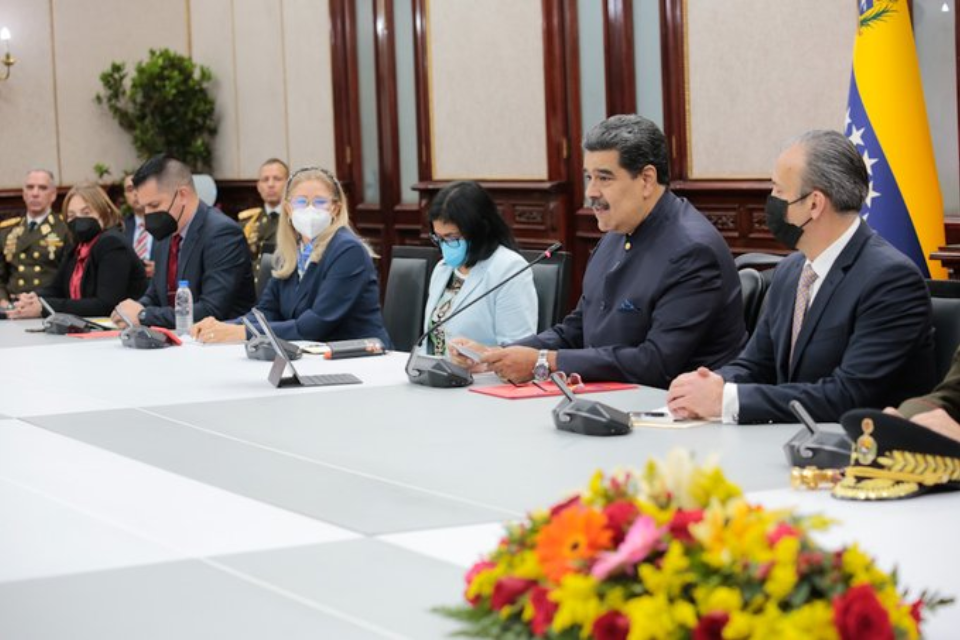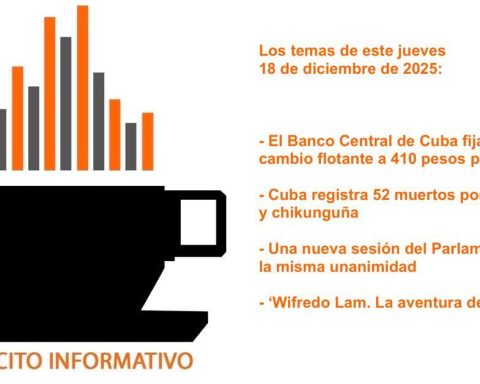From the Ministry of Health of the Nation, chaired by Carla Vizzotti, confirmed the second death by monkey pox In our country. This disease, called xpox, is a condition caused by a virus that is transmitted from animals to humans, but it can also be transmitted from one person to another through physical contact.
This disease usually presents its symptoms within 14 and 21 days of contracting it, and 1,025 cases of it have already been registered in our country. monkey pox. In the case of the deceased, he had risk factors before contracting the disease illness.
According to the portfolio headed by Vizzotti, the monkey pox It is transmitted by close physical contact from an infected person to a healthy person. This includes face-to-face, mouth-to-mouth, skin-to-skin contact, and sexual contact even if a condom is used. Anyone can get this disease.
Other forms of transmission are close contact with lesions, respiratory droplets, or contaminated materials such as towels or sheets from an infected person. In addition, a pregnant person who has contracted the infection from monkeypox can transmit it to the fetus from the placenta.

This disease is characterized with the naked eye by lesions on the skin or mucous membranes, including flat or protruding pink spots, ulcers, blisters or scabs that can cause intense pain. These lesions can be located anywhere on the body, although they are more frequent in the person’s genital and anal area.
epidemiological situation
Until November 22, 1,025 cases of monkeypox were registered in our country. The infected are in 16 jurisdictions and there are suspected cases in 4 of the 23 territories that make up Argentina. 66% of the cases are in the Autonomous City of Buenos Aires (CABA) and if the provinces of Buenos Aires and Córdoba are considered, they concentrate 95% of the affirmatives.

Two people have died from monkeypox in Argentina. The vast majority of those infected suffer rashes on different regions of the body, such as the genitals, perianals, hands, torso, and face. 68 of the confirmed patients had a travel history prior to the onset of symptoms and 667 of the patients were in close contact with suspected, confirmed, symptomatic, or traveling persons.
















